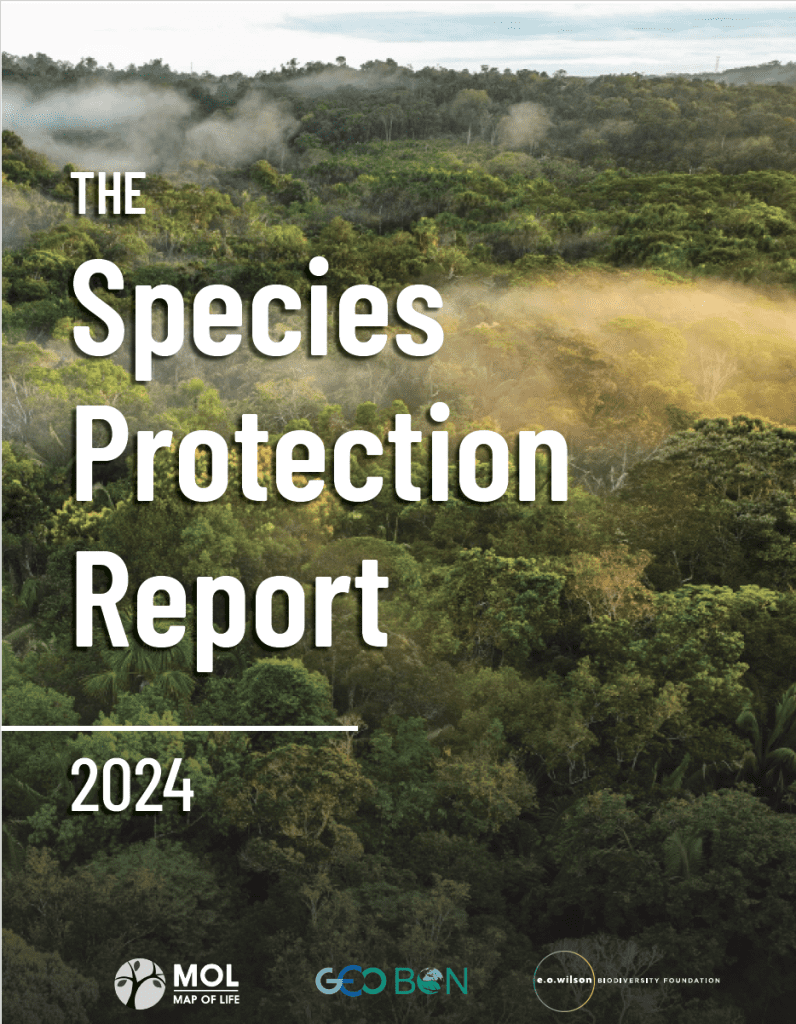Places for a Half-Earth Future
Unprotected places with high priorities for conservation that hold extraordinary species richness and rarity and can contribute to achieving Half-Earth are identified on the Half-Earth Project Map as Places for a Half-Earth Future.
This evidence-based identification and showcase of the most essential places in the world for protecting biodiversity aims to promote research and educational activities that inspire successful conservation and build a shared vision for what must be conserved to ensure that no species is left behind.
What defines Places for a Half-Earth Future?
Sites are identified by the following criteria:
- Places of extraordinary biodiversity richness or rarity that are largely unprotected.
- Communities pursuing conservation and scientific activities contributing to preserving global biodiversity.
- Sites that have an established area managed for biodiversity conservation outcomes.
Examples include:
- Sites where scientific monitoring and inventory of species is needed to better understand and support the management of these places.
- Places using innovative conservation technologies and fostering responsible stewardship.
- Ecosystems or habitats that provide uniquely important biophilic refuges for people and communities.
Species are the key biological drivers of the diverse ecological functions that sustain our planet. Representing this ecological diversity within systems of protected and conserved areas is therefore central to the overarching ambition of the Global Biodiversity Framework and the outcome sought by its Target 3 to protect 30% of land, waters, and sea.
The Species Protection Report addresses the state of species protection in 2024. It reports on the progress of regions and countries in the adequate representation of species within networks of protected and conserved areas. These trends are measured through the Species Protection Index (SPI), the only formally adopted indicator for Target 3 that directly and quantitatively addresses the importance protected areas play for conserving species. For any region, and based on tens of thousands of detailed spatial species data, the index measures how well existing conservation areas include areas of biodiversity importance and contribute to species survival and ecological representation.
The Species Protection Report is a collaborative effort of the E.O. Wilson Biodiversity Foundation’s Half-Earth Project, the Map of Life (MOL), the Group on Earth Observations Biodiversity Observation Network (GEO BON), and Esri.

Explore the Half-Earth Project Map
On the Half-Earth Project Map and SPI National Report Cards, the Places for a Half-Earth Future layer shows up to 20 regions in each country that would benefit from additional conservation action. These areas can serve as important starting places because they comprise the top 10 percent of each country’s priority areas. Priority rankings are results from a global conservation planning model that minimizes the amount of additional land needed to protect a sufficient amount of habitat for terrestrial vertebrate species. This model also minimizes the amount of human pressures within the species habitat wherever possible, so that more intact habitat is prioritized over habitat in need of restoration.

